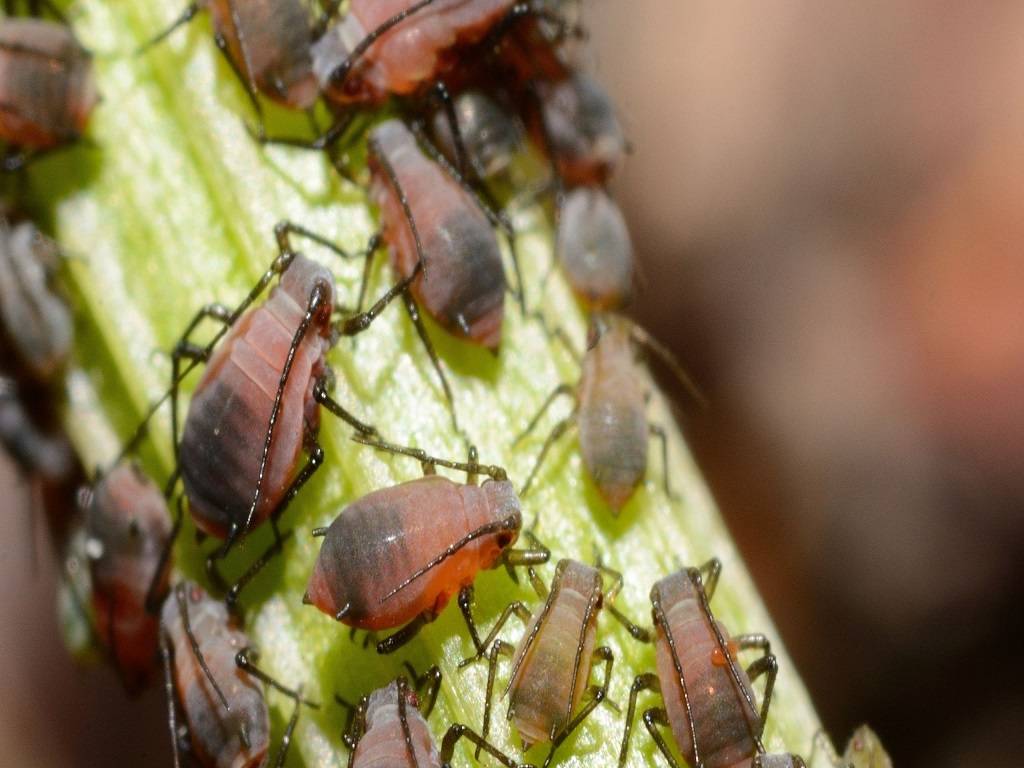
Integrated Pest Management (IPM) is a dynamic and evolving system in which all appropriate control tactics and available surveillance and forecasting information are combined into a holistic management program delivered to farmers at appropriate intervals as part of sustainable crop production technologies.
Due to increasing urbanization and deforestation, most of these natural resources are being depleted at a rapid rate. With limited land and depleting water resources, India must feed its growing population without disturbing the ecological balance. These plots also face limitations due to the amount of crop loss, which varies by crop type, crop location, the severity of the relevant insect pests, and the harvest season. Infestation by insect pests and clutter is a major obstacle in increasing the yield capacity of brinjal, tomato, cucurbit and tuber. Vegetation is susceptible to attack by various insect pests and diseases, resulting in huge losses in yield capacity and also hampering production.
IPM is a pest control system that combines biological, cultural and other alternatives such as the use of chemical control with the judicious use of pesticides. The goal of IPM is to keep pests below economically harmful levels while reducing the impact of pest control on human health and environmental resources.
Are IPM and organic practices same?
No, never. In contrast to certain IPM tactics, organic food production is more stringent, only permitting the use of pesticides and fertilizers derived from natural sources. IPM may be applied to any kind of manufacturing, and you can apply an organic IPM management approach.
How to follow IPM?
Recognize pests and be familiar with their life cycles
Learn about the common pests that attack your plants and the harm they do. Only a small percentage of insects are pests; the majority are helpful or harmless. Spend some time identifying helpful pollinators and insects.
Recognize that not all stages of a pest's existence cause damage or can be controlled and that various life stages do not all look comparable. You can determine the ideal moment for effective management methods by studying their lifecycles.
Restrict or avoid damage
Pests may often not be removed once they get established, thus prevention is often the best form of management. Consider preventing them from entering by using row coverings in a vegetable garden.
Verify the pests
Instead of relying solely on memory, routinely inspect your garden for pests and illnesses and note what you discover in a diary. Use a hand lens or magnifying glass to view more detail for accurate identification. Plan your pest control strategy for the following year using the information gathered. Yellow sticky cards and other traps might be useful for reconnaissance. These can be positioned slightly above the foliage of the plants to assist in some insect detection.
When using IPM, be practical
Find out your alternatives for managing the issue once you've recognized it. Different pests cause more harm than others. Decide on acceptable levels of pests and pest damage. Vegetables and plants rarely have a flawless appearance. A good quality vegetable yield is still possible even with some insect damage.
Apply your control strategies
Pick efficient and ecologically beneficial approaches, like those in the examples below.
Evaluate
Note the successes and failures. Make necessary modifications. How to use IPM in your garden of vegetables
The principles include prevention, observation and intervention, which consists of choosing a well-planned crop rotation, method of sowing, resistant material, optimal farming techniques, management of population habitats, trapping crops and intercropping, where monitoring of crops for pest occurrence and severity is to implement system decision-making and protection against pests in a specific area. Finally, direct measures are used to control the pest below the critical limit and for this, cultural, biological and optimal use of chemical methods are chosen.
Although IPM is a well-known and popular concept today, we still need to accelerate the movement to save the land and environment through this concept, which is possible through the development of a thorough and well-planned IPM strategy and its implementation on the grass root level.










